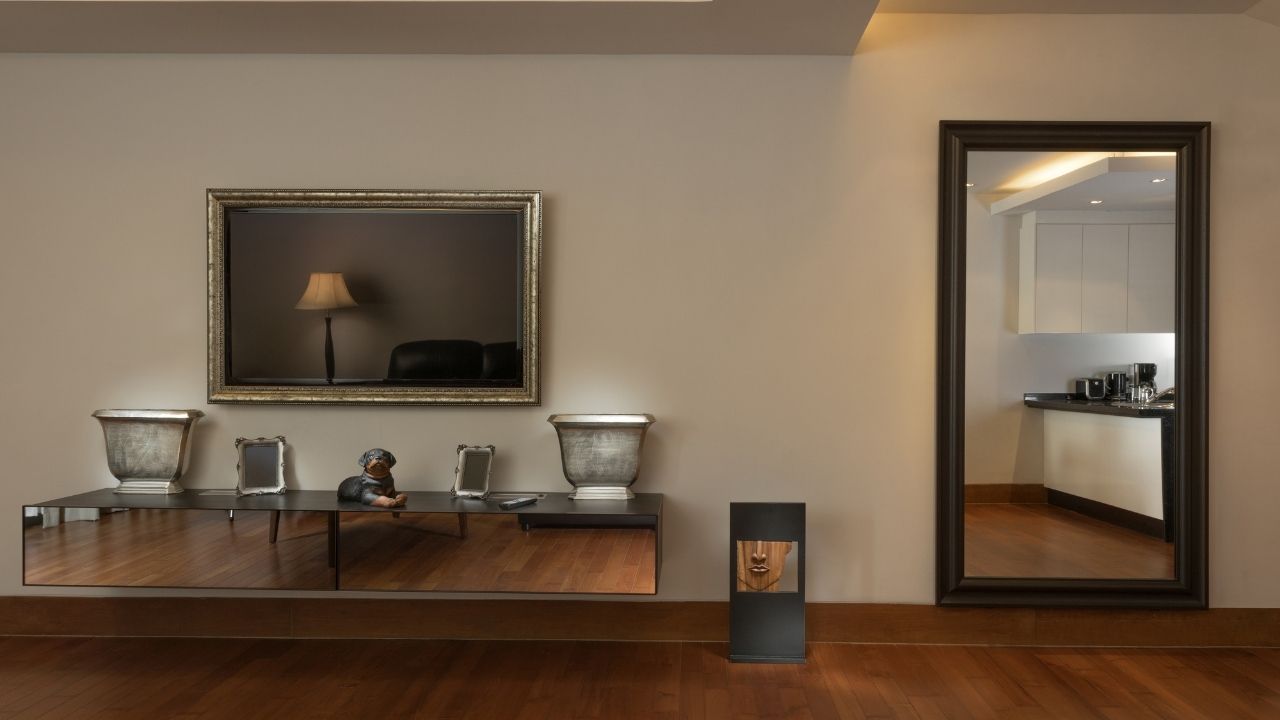In life, it’s the small things that matter, the saying always goes. When it comes to homes, the same concept very much applies – it’s usually the small touches that turn a residence into a home.
Think nice little details like artistic lighting, wall decorations and pictures, house plants and so on.
Odds are that you, too, have spent a significant amount of time, thought and invested money into your home décor to not only spruce up your place, but also breathe that sense of warmth and coziness into it, consequently converting what was once a generic space into your own sweet abode.
Sometimes, though, we may find a need to put our home décor items with a local storage service during a period of transition for safekeeping until we’re ready to retrieve them.
It could be that we need to free up space in the home until we move to a bigger house or find a buyer for some of our larger décor.
Other times, the need to pack up our lives could be necessitated by closure of school for the holidays, deployment, or a change of jobs that takes us to a different city or state. Or maybe travel. Or living abroad for a set period.
Whatever the reason, finding the best way to pack our precious décor pieces so they avoid any damage is imperative. Home décor items tend to be very delicate, others fragile, and that’s what makes it such a sensitive assignment.

Others tend to be oddly-shaped, presenting a conundrum on how to approach their packing. Not to mention, some are highly valuable and any potential dent, scratch or breakage could be catastrophic.
The best solution in instances such as this is to hire a professional moving or storage company to do the job for you.
These are experts well-versed with the nuances of packing such sensitive items, but importantly, the company you decide to go with needs to be skilled in handling the particular items you’re dealing with.
Not every mover is knowledgeable in packing antiques, fine art and the like. These are often specialized services handled by a select number of them.
Should you decide to do the packing yourself, we have some few tips you should keep in mind when going about the packing of your home décor items.
Packing LED Lights
LED lights need to be entangled first before you pack them and the wires well folded to avoid getting them knotted.
Due to their delicate and light nature, make sure to handle LED light strips with care. Ideally, you should keep them in a separate box designated for them with no other items inside.
In the case of shorter lights, fold them nicely and put them in waterproof plastic bags, before placing them in clearly labelled boxes.
Frames and Mirrors
Frames and decorative mirrors are some of the more fragile décor pieces that need extra special care. One wrong move with these and it’s game over.
The edges of frames and mirrors are particularly sensitive when hauling the items around, so make sure to have some pipe insulation to protect the edges from chipping in the unfortunate event they hit a hard surface – as they are likely to, especially the larger ones.
Avoid taping the surface of framed pictures as this will leave taping marks on them that are an absolute pain to remove.
When covering the frames, opt for wrapping paper instead, and when putting them in their designated box, put them in a vertical position in a well-fitting box. Avoid overloading.
Heavy Décor Pieces
When dealing with sculptures and other heavy décor, the boxes you’ll be using need to be super strong for obvious reasons.
Padding, as with all other décor pieces, is a must, so line your carton(s) with a generous amount of wadding paper to provide some good cushioning.

Put heavy and large décor items in their own separate boxes to avoid damage on other valuable smaller pieces.
Antiques
Antique items like dishes, glassware, and other collectibles are other décor items that need special handling. Opt for strong boxes when packing your antiques, or alternatively, double-box them for extra protection.
Padding is a must, and the best option in this case is archival tissue which is not only non-acidic, but also smooth enough so it cannot inflict scratches on the items.
It’s okay to put smaller antique items in the same box, but put some foam or packing peanuts between the items – as well as between the inside and outside boxes.
Fine Art
Art pieces are the defining characteristic of any house with art in it. When it comes to storing them, proper care should be exercised during the packing because if not done right, the art could be damaged forever.
When it comes to boxes, the best boxes to put your framed art in are mirror boxes – which you may probably know as artwork boxes.
They should be able to accommodate all sides of the frame without squeezing the art or leaving too much room.

You can also use regular cartons as an alternative; just needs to be solid enough. Consider flattening out the boxes to achieve the shape you want, then tape multiple boxes together.
If the art has no glass, use glassine paper to cover the artwork instead of wax paper, newspaper or parchment paper to avoid damaging the art. Plastic wrap is a good handy alternative.
Use bubble wrap, packing paper or foam to cushion your boxes.
Additional Tips to Keep in Mind When Packing Home Décor
- The key to successfully packing your home décor items for storage has as much to do with the skill as the packing materials. Being the most sensitive items in the household, skimping on packing supplies will only work against you.
- Padding is a crucial piece when it comes to packing these delicate items, so that’s something you will need to have plenty of.
- Speaking of padding, bubble wrap works great in many instances. If you’re worried about very sensitive pieces, though, you can always add packing paper and foam to the mix (yes, all three).
- For porous items like artwork, don’t forget the best protective layer is one that is non-acidic – archival tissue, for instance. Foam wrap or stretch wrap should work fine in the case of glass pieces or antique wood pieces.
- When it comes to the actual storage, keep track of every single item you’re storing. Any reputable storage company will have you fill and sign an inventory form.
- Insurance is essential. Enquire on the type of coverage the storage company provides so you can always have the peace of mind that your items are in safe hands, come what may.
